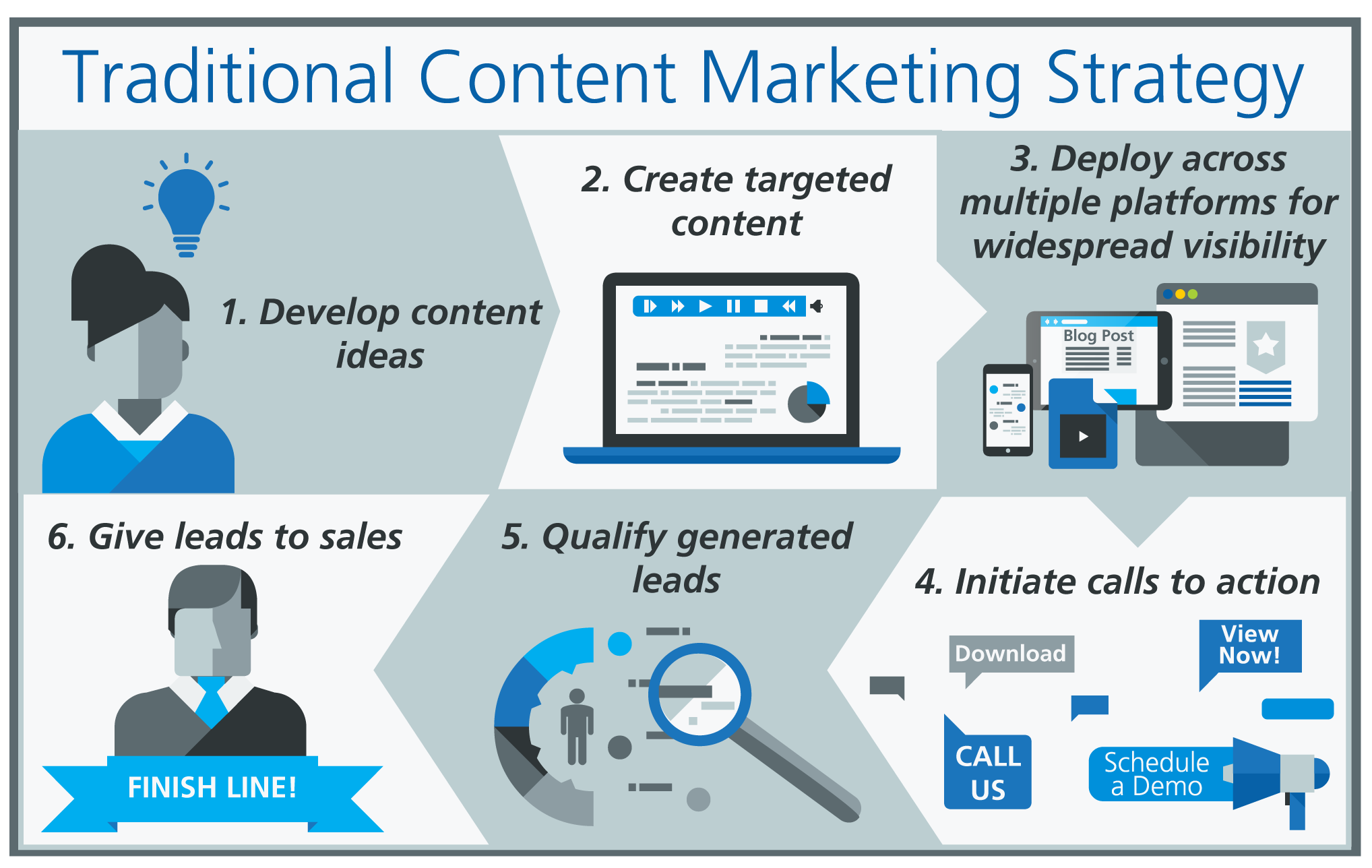marketing
Is Your Content Marketing Strategy Hurting Sales?
Content marketing is an incredibly popular strategy for B2B organizations.
Many marketers eat, breathe and sleep content marketing. They swear by the effectiveness of content marketing, and in many cases, they’re absolutely right. Content marketing is a fantastic way to increase brand awareness, generate leads and nurture prospects who have fallen out of the sales cycle.
Here’s where content marketing isn’t so fantastic: sales.
I know what you’re going to say: “sales isn’t the responsibility of marketing! Why would you even bring that up?!” Okay, bear with me. I promise I’ll explain. Here goes:
According to Content Marketing Institute, here’s the formal definition of content marketing:
Content marketing is the marketing and business process for creating and distributing relevant and valuable content to attract, acquire and engage a clearly defined and understood target audience – with the objective of driving profitable customer action.
Let’s break down that definition. We have an actor (marketing), an action (creating and distributing content) a purpose (attracting, acquiring and engaging an audience) and an objective (profit). With me so far? Good.
Now let’s look at a traditional content marketing strategy:

The audience to attract is known as a marketing qualified lead (MQL) – a person deemed to have a high likelihood of converting from a prospect to an actual customer. We develop content ideas, create a wide variety of content across multiple platforms, throw in some calls to action, and bam! We get a lead! Hand it off to sales and call it a day.
We have officially attracted, acquired and engaged an audience… Or have we? Well, it depends on what you mean by acquired and engaged. If the end goal is profit, then we’re still missing a few pieces of the puzzle (hint: the puzzle pieces are the sales cycle).
Content marketing is great for the “attracting audience” part of the process. It’s the acquiring process where things start going downhill.
The reality of content marketing
Most marketers agree that high quality, personalized content is incredibly effective when engaging buyers, and yet as much as 70% of all content created by marketing is never used by sales at all (Sirius Decisions). This creates a problem. If sales reps aren’t using the content created by marketing (content that has been reviewed, proofread and carefully branded), what are they using? (Cue dramatic music)
If you remove sales from the content marketing process (and marketing from the sales process), you’re left with potential clients driving toward a dead end, with no quality content to guide them toward closing the deal.
Your content marketing strategy is pulling in leads with beautiful, targeted, high impact content. Once those leads take the plunge into the sales cycle, they’re left with a few PowerPoint presentations cobbled together by sales reps. It’s a big turn off for buyers.
Okay, doom and gloom over. There’s a better way.
Take all of the elements that make content marketing great, and then combine them with the sales process to create a complete lead strategy: Content Selling.

The key difference between content marketing and content selling happens when the lead “hand-off” to sales occurs. With content selling, the marketing teams stays involved—providing quality content for each buyer across every stage of the buyer’s journey, not just the discovery phase.
With a content selling strategy, marketing maintains visibility into how sales reps are using the content and which materials are most effective with buyers. They can then use those metrics to improve their next round of content creation.
Buyers get hyper-personalized content that helps them make decisions. Sales reps get more time to focus on selling. Marketers get to ensure their lead generation effort doesn’t go to waste. It’s a system that works for everyone.











